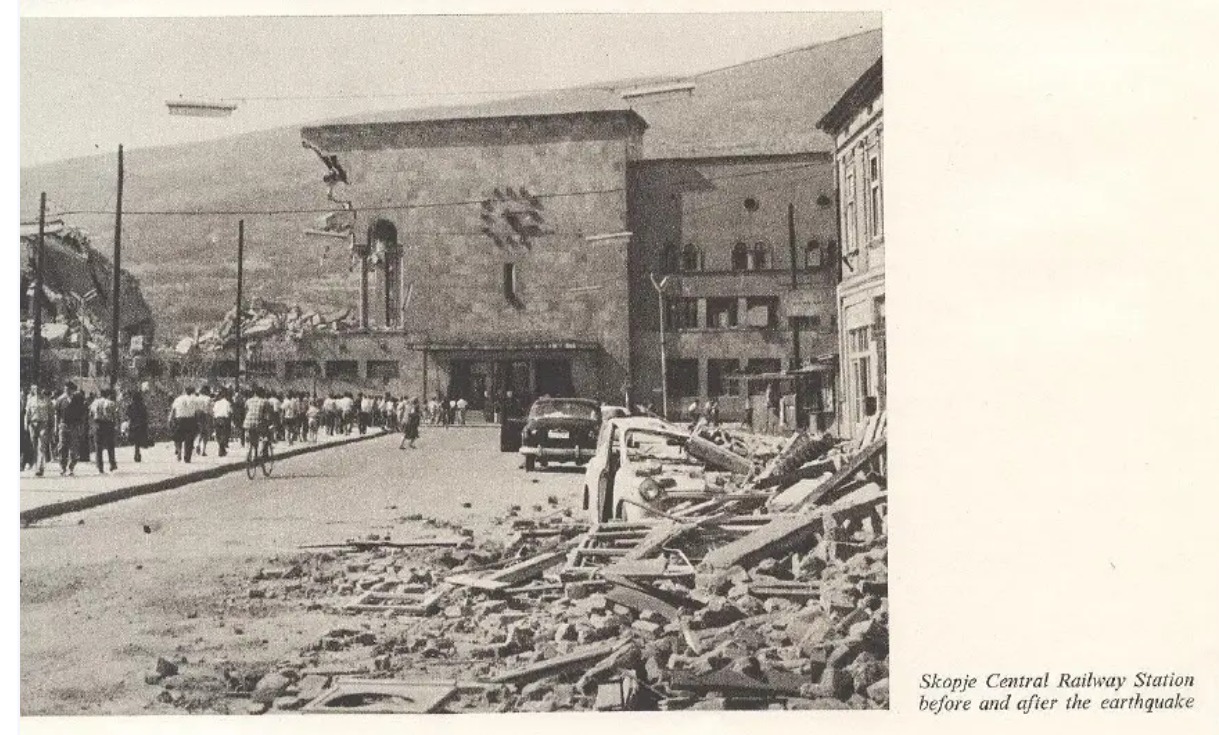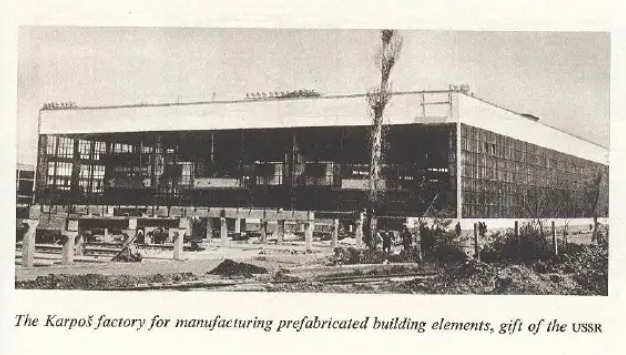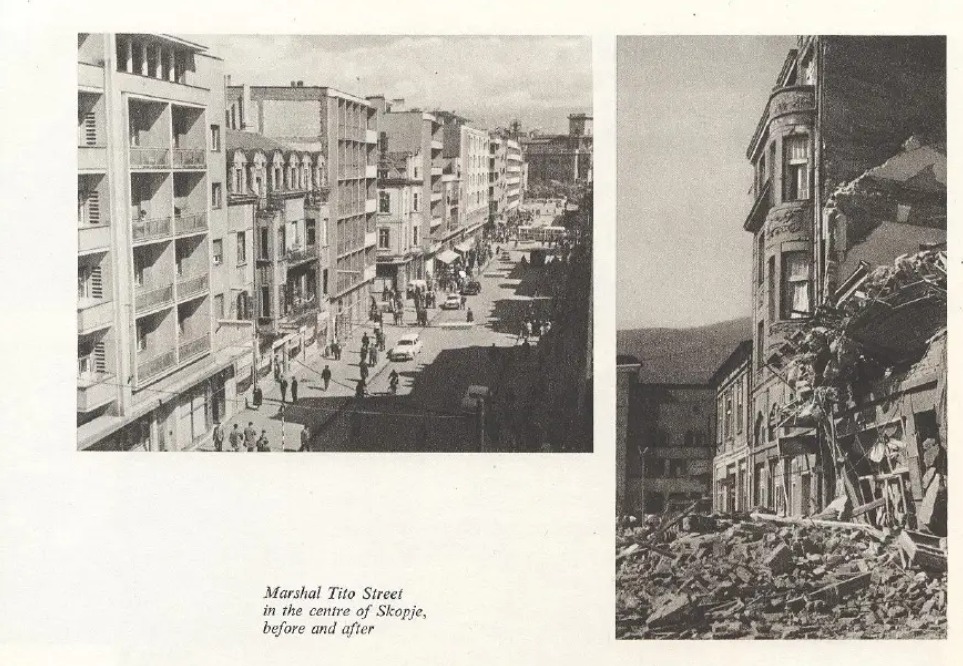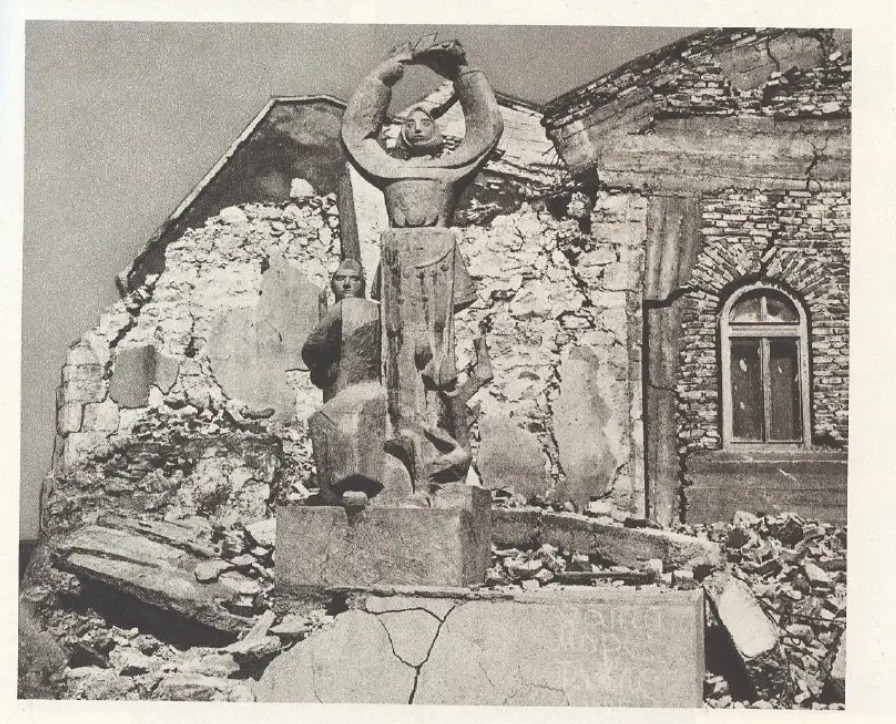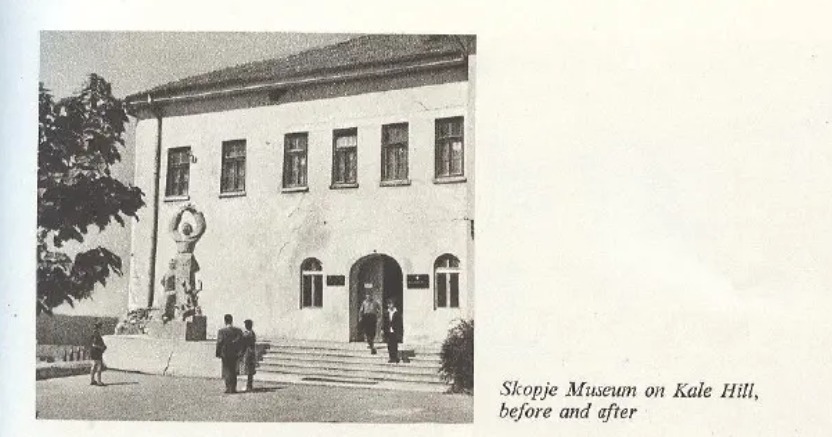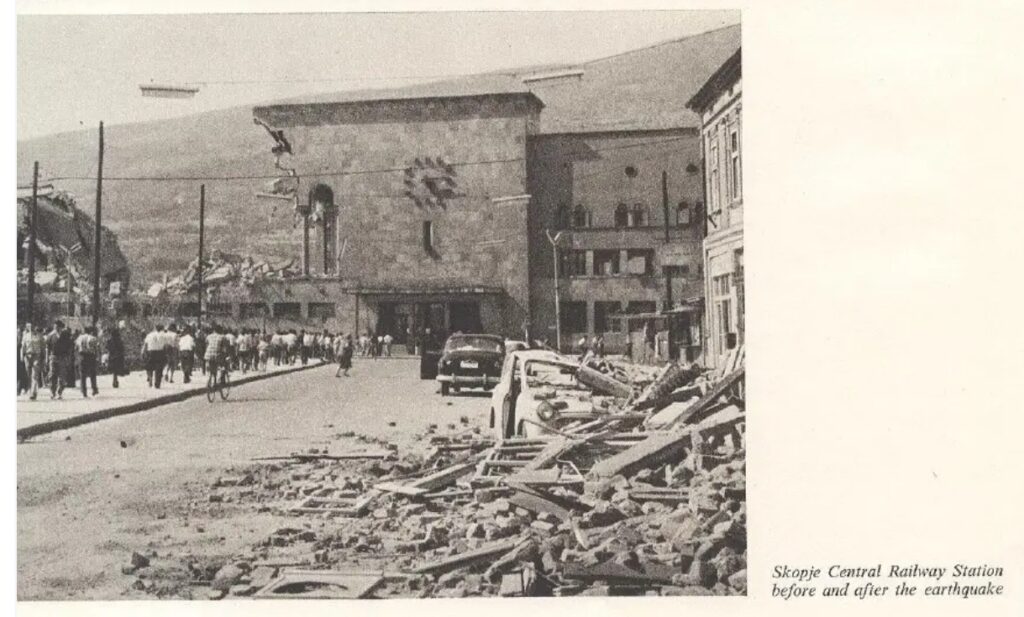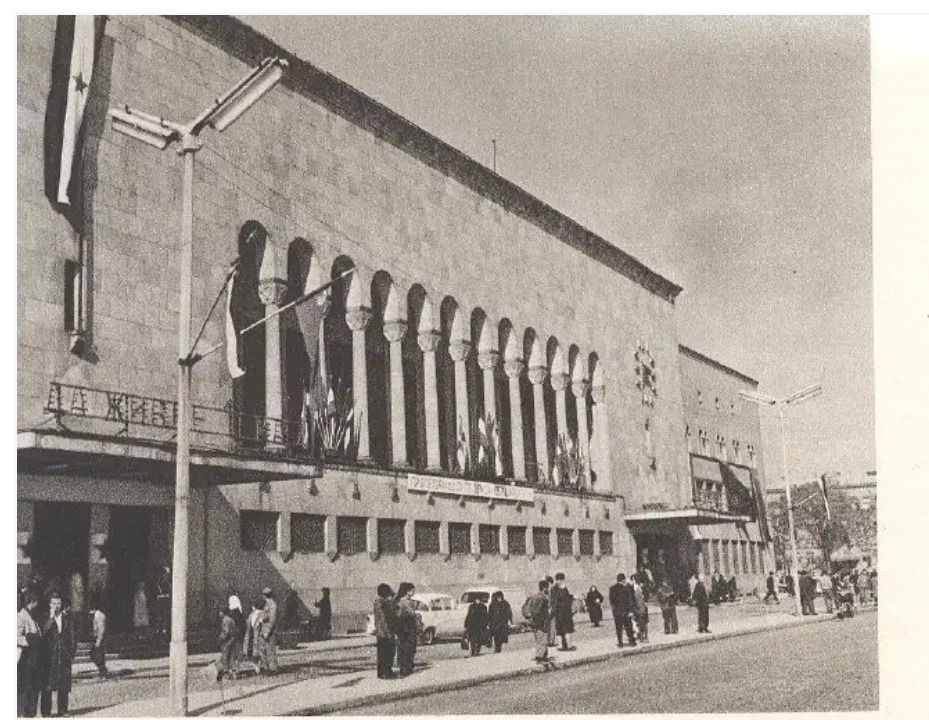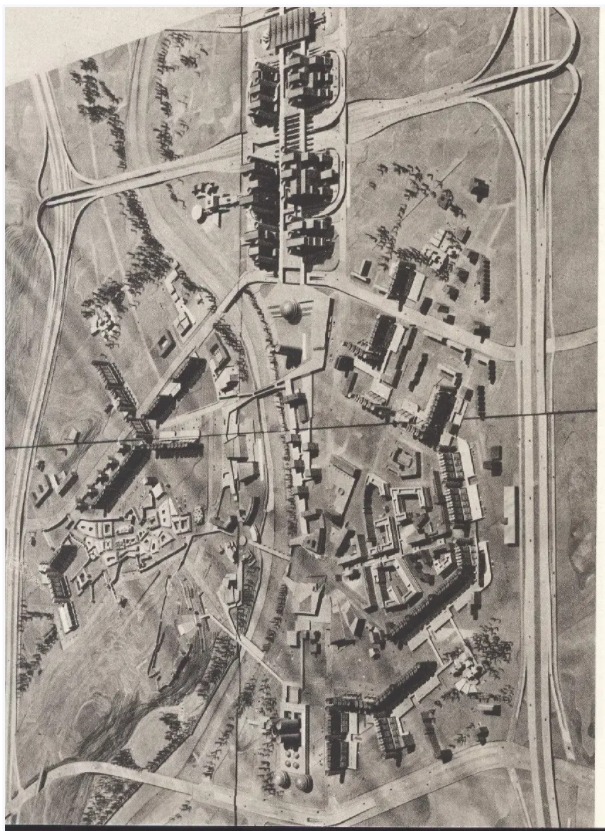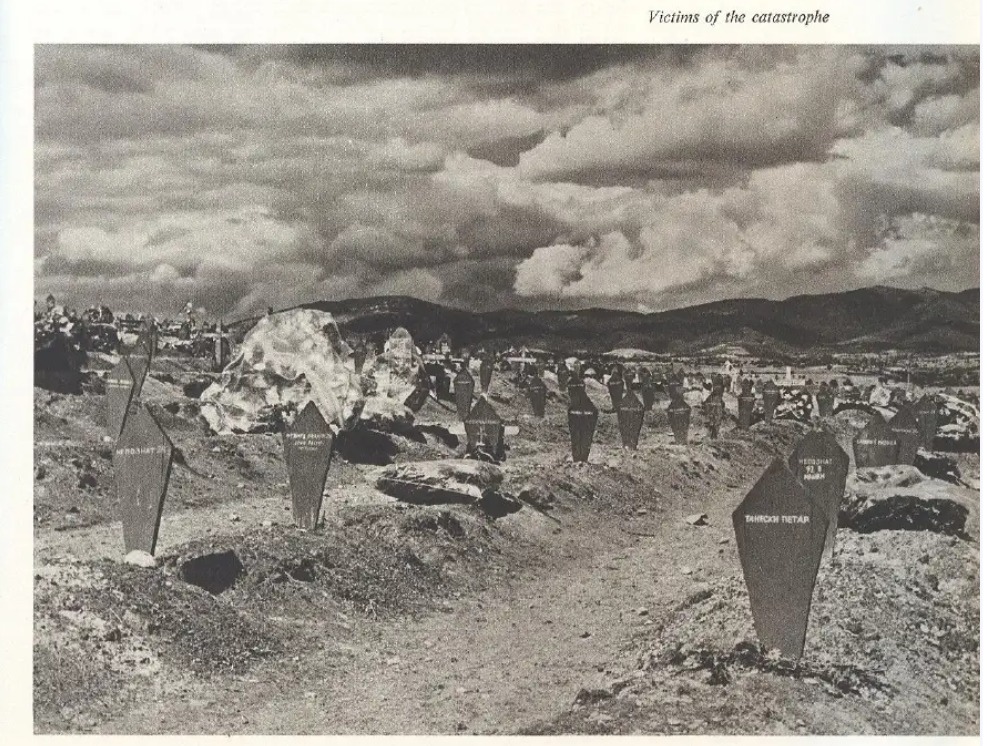By: Alex Whitmire, UMD International Policy and Diplomacy Fellow
“The 1963 Skopje earthquake, Mw 6.1, struck Skopje, Macedonia, on July 26, 1963. It killed more than 1,070 people, injured around 4,000 and left more than 200,000 people homeless, destroying about 80 percent of the city itself” – Australian Earthquake Engineering Society 2013 Conference, Nov 15-17, Hobart Tasmania.
Less than two decades after World War II, during the height of Cold War tensions between the United States and the Soviet Union, both sides were united in their compassionate response to the 1963 Skopje earthquake. This earthquake was devastating to the city, with at least one reporter comparing the destruction to that seen in Warsaw during World War II. Despite this, the legacy of this event was not one of despair for the people of Macedonia, but rather one of hope.
Almost immediately following the disaster, both the American and Soviet spheres of influence responded with a variety of different forms of assistance for the damaged city. France sent people with special equipment for detecting survivors who might be trapped beneath the rubble. America sent a field hospital. The Soviet Union sent a unit of army engineers to assist Yugoslav personnel. But even as the rescue efforts ended, the compassion shown by the international community continued.
Before the earthquake, the Yugoslav government had invested heavily in Skopje, building the city up as a model of the prosperity that their particular brand of communism could bring. New factories and infrastructure had been built across the city following World War II, all with the expectation that they would serve for a long time as testaments to the success of the country, and the strength and skill of Marshal Tito’s leadership.
After the earthquake, it rapidly became clear that Skopje would require extensive reconstruction. All the prior investment by the Yugoslavs had done very little to increase the earthquake resistance of the city, and many of the new buildings were now severely damaged. The Yugoslavs did not have to worry over this problem too much, since it rapidly became clear that this was not a task that would be left to Yugoslavia alone. The United Nations managed to provide seismologists, who stated that Skopje could be rebuilt in the same spot, provided that earthquakes were considered when designing the new buildings to replace the old. The Japanese provided a team of three specialists in constructing earthquake-resistant buildings. They had a lot of experience to draw upon since the Japanese government as far back as the 1923 Kanto earthquake had mandated building codes that provided a certain amount of resistance to earthquakes.
The United Nations, as part of the effort to reconstruct Skopje, ran an international architectural competition to determine how the city would be rebuilt. In the end, the Japanese architect Kenzo Tange won 60% of the prize, with the remaining 40% going to a Yugoslav team. This international collaboration reflected the fact that Skopje no longer belonged to Yugoslavia alone, but rather, that the entire world now had a hand and an interest in its reconstruction.
This international attitude towards Skopje can be seen not only in the planning but also in the execution. The Soviet Union erected a factory for prefabricated building sections, and many other nations contributed to the reconstruction. It wasn’t just prefabricated buildings that were provided, however; Sweden contributed to the construction of a children’s hospital, and a medical center was named “Bucharest” after the capital city of Romania, which donated it. Similarly, many streets around Skopje were renamed to reflect the efforts of other countries that offered help, such as “Mexico Street”.
Aid was not limited to construction and monetary aid, although those were both of critical importance following the disaster. Some of the most impressive and touching aid was the cultural aid. In addition to helping to build a new contemporary art museum, many countries and private citizens came together to fill that museum, donating works of art that still reside in Skopje today.
The story of the earthquake which struck Skopje in 1963 can thus be read not only as a tragedy, for all the lives lost and property destroyed, but also as a triumph, a moment, even in the heat of the Cold War, when both sides were able to come together, to lay aside their enmity, and unite in a common humanitarian purpose. Skopje, Macedonia should forever serve as a monument and an example of human kindness, and the power of the international community to alleviate suffering. This can be seen in Skopje’s name “The City of International Solidarity”, which it took as a reminder of the time when it seemed that the entire world came together to rebuild a single city.
As the then-mayor of the city of Skopje said, “I wish to express the warmest and most sincere gratitude, personally and in[sic] behalf of the citizens and of the city of Skopje to all those who contributed to the recovery and rebuilding of our beloved city. Their generous response will always be remembered in the hearts of the people of Skopje.”
To learn more about international Skopje earthquake relief efforts, click here to view the publication “Your Aid to Skopje” from January 1966.
58 years later, the citizens of Skopje and the people of Macedonia remain forever indebted to those who rebuilt Skopje and helped to shape life in Macedonia’s largest city for decades to come.
Photos below courtesy of Skopje Resurgent: The Story of a United Nations Special Fund Town Planning Project.
Any opinions or views expressed in articles or other pieces appearing in UMD Voice are those of the author alone and are not necessarily those of the United Macedonian Diaspora and its young leaders’ program Generation M; the appearance of any such opinions or views in UMD Voice is not and should not be considered to be an endorsement by or approval of the same by UMD and Generation M.

